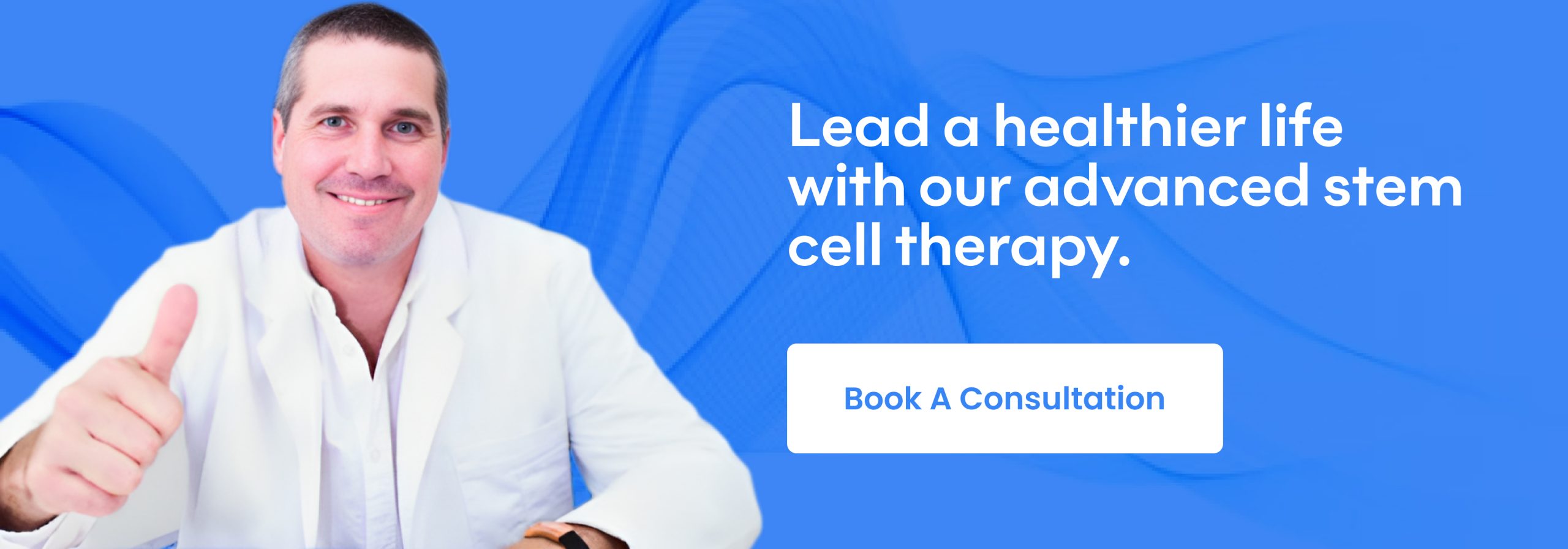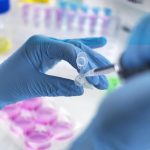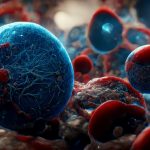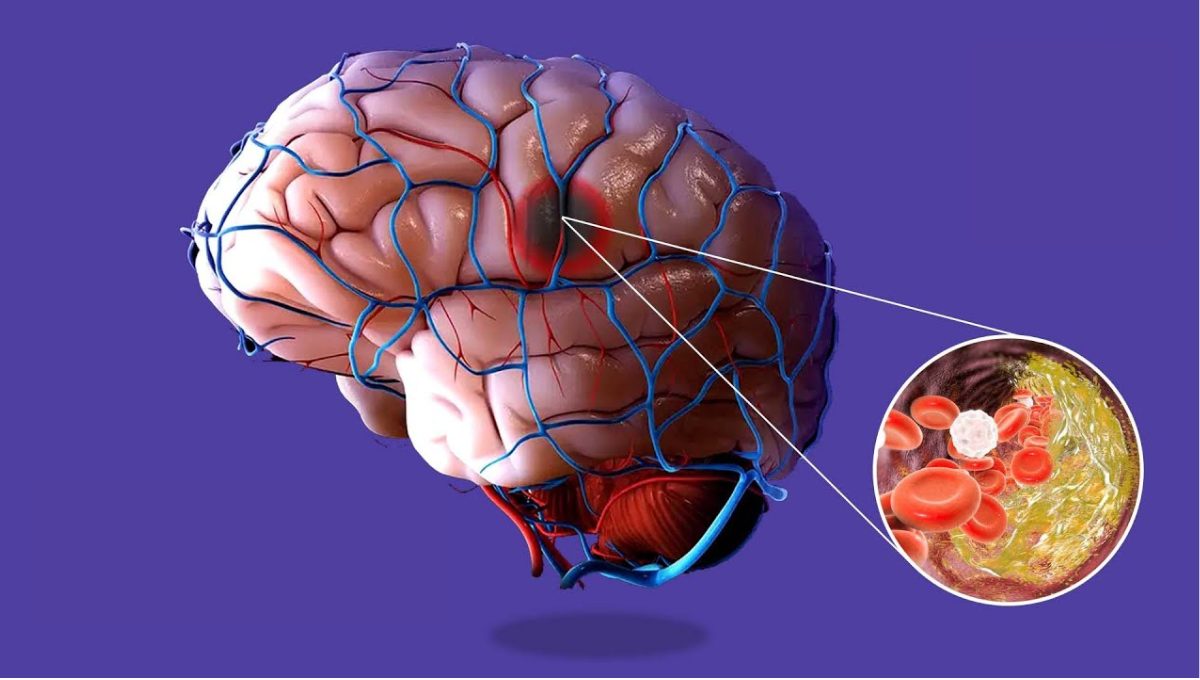- Home
- About Us
- Book Appointment
- Treatments
- Alzheimer’s Disease
- Anti-Aging
- Autism
- Autoimmune Disorders
- Back Pain
- COPD
- Crohns Disease And Ulcerative Colitis
- Erectile dysfunction and Penis enlargement
- Fibromyalgia
- Hip Pain
- Knee Pain
- Lupus
- Lyme Disease
- Multiple Sclerosis
- Muscular dystrophy
- Parkinsons Disease
- Peripheral And Diabetic Neuropathy
- Post Cancer Treatments
- Post Stroke Recovery
- Psoriasis
- Rheumatoid Arthritis
- Shoulder Pain
- Join The Club
- Aesthetics
- Blog
- Contact Us
Strokes are the leading cause of permanent physical disability worldwide, affecting approximately five million people. World Health Organization estimates that fifteen million people suffer from stroke every year, resulting in mild to severe forms of neurological impairment. Fortunately, the advancements in medical science and the introduction of newer technologies have brought forward promising treatment avenues such as stem cell therapy. It is a relatively recent breakthrough that appears to be promising in promoting recovery after stroke and neurological injury.
Regenerative medicine therapy using mesenchymal stem cells has shown immense potential in improving patients’ conditions. Please keep reading to learn more about stroke, its varying intensity, its effects, and how stem cell therapy works in stroke recovery.
Table of Contents:
- What Is A Stroke And What Are Its Types?
- Effects Of Stroke – What To Expect After Having A Stroke
- Risk Factors For Stroke
- How Does Stem Cell Therapy Help In Stroke Recovery?
- Types of Stem Cells Used in Stroke Recovery Treatment
- Benefits of Stem Cell Therapy For Stroke Survivors
- What To Expect After Receiving Stem Cells
- Cost of Stem Cell Treatment For Stroke Recovery
What Is A Stroke And What Are Its Types?
A stroke is a severe health condition that occurs when the blood flow to the brain is blocked or interrupted for any reason, resulting in a lack of oxygen supply to brain cells and, ultimately, brain cell death. Body movements, perception, and speech ability are impaired, and patients may lose consciousness when a stroke happens. After cancer and cardiac failure, stroke is the third leading cause of death worldwide.
There are three major types of strokes depending on their causes or origin.
-
- Ischemic Stroke – It is the most common type of brain stroke, comprising almost 87% of all stroke victims. The arteries carrying oxygenated blood to the brain are blocked by blood clots, causing an ischemic stroke. Consequently, there is a lack of oxygen supply to the brain cells, and patients experience sudden loss of movement, speech, vision, and balance.
- Hemorrhagic Stroke – This type of stroke occurs due to bleeding in the brain when an artery gets damaged and breaks up, leaking blood into the brain. The damaged artery exerts enormous pressure on the brain cells, resulting in cell death. High blood pressure and Aneurysms are two primary reasons for hemorrhagic stroke.
- Transient Ischemic Attack (TIA) – It is a “mini-stroke” that occurs from a temporary blockage of blood flow and oxygen supply to the brain cells. TIA typically lasts five minutes and is caused by blood clots in the arteries.
Related Read: Stem Cell Therapy: Ischemic Stroke Recovery Breakthrough
Effects Of Stroke – What To Expect After Having A Stroke
The effects of stroke depend on the area in the brain where the brain cell death has occurred and the number of cells damaged or dead. Also, the patient’s age, medical history, current condition, and type of medical attention provided at the time of stroke play a big part in determining the long-term effects of the stroke and the patient’s outcome.
The common disabilities seen in patients after having a stroke are –
-
- Partial or complete paralysis
- Weakness in one side or complete body
- Limited ability to make movements
- Memory loss
- Speech impairment or changes in facial expression
- Loss of control over bladder and bowel movements
- Inability to eat or swallow
Early medical intervention is necessary for preventing these long-term disabilities, as mentioned above, and may lead to quick recovery, regaining some abilities that were lost.
Risk Factors For Stroke
The two most common and significant reasons for stroke are high blood pressure and smoking. Other risk factors that are responsible for stroke include:
-
- Atrial Fibriallation (A-fib)
- Heart failure or heart attack
- History of Transient Ischemic Attack (TIA)
- Birth control pills
- High blood cholesterol
- High levels of lipids or hyperlipidemia
- Excessive alcohol intake
- Obesity
- Pre-existing heart diseases
- Sickle cell disease
How Does Stem Cell Therapy Help In Stroke Recovery?
Stem cells have the distinct property to differentiate into various cell types, including neurons or nerve cells. These powerful cells help repair the damaged brain cells after a stroke and promote functional brain recovery. Stem cell therapy holds immense potential to regenerate damaged neurons and reduce the extent of damage in the affected parts of the brain.
Stem cells help in reversing the damage in the brain cells in the following ways:
-
- They release growth factors and cytokines which help in the growth of new blood vessels from existing vessels through a process called angiogenesis.
- Stem cells possess anti-inflammatory agents that help reduce neuroinflammation and repair damaged neural cells and tissues.
- Stem cells regenerate damaged cells and help regain motor function in patients.
- When they reach the injury site, stem cells activate their healing mechanisms and create a conducive microenvironment, facilitating functional recovery.
- Besides promoting the growth of new and healthy cells, stem cells prevent further death of brain cells.
Types of Stem Cells Used in Stroke Recovery Treatment
Stem cell therapy for post-stroke recovery is a revolutionary treatment that reduces the adverse impacts of stroke and helps patients recover faster, thus leading a healthy life. Although several types of stem cells have shown the potential to promote the brain’s functional recovery after a stroke, mesenchymal stem cells have gained the most attention regarding their therapeutic benefits.
Mesenchymal stem cells are immature adult cells found in various tissues and organs of the human body. They are classified as pluripotent cells depending on their differentiation and regenerative characteristics. The three types of mesenchymal stem cells that make ideal candidates for stem cell therapy to regenerate damaged neurons are:
-
- Bone marrow tissue
- Adipose or fat tissue
- Human Umbilical cord tissue
Benefits of Stem Cell Therapy For Stroke Survivors
Stem cell therapy offers numerous advantages that other alternative treatments or medications fail to provide. Emergency medical intervention is necessary to restore the flow of oxygenated blood to the brain, such as endovascular procedures or intravenous medications. However, these treatments save lives at the moment of the stroke, and the chances of recurrence remain, which necessitates the need for post-stroke recovery treatment like stem cell therapy.
-
- Stem cell therapy is a minimally invasive and quick procedure requiring only one or two hours to complete.
- There is no lengthy rehabilitation period; patients can return to routine within one to two days.
- Stem cells promote functional recovery of the damaged region in the brain by activating the body’s healing response and stimulating cell repair.
- Mesenchymal stem cells derived from umbilical cord tissue are easy to procure.
- Umbilical cord tissue-derived stem cells are hypoimmunogenic and have zero risks of cell rejection because they can evade the host’s immune system.
- Stem cell therapy is safe and effective with no adverse or long-term side effects.
Read Also: Healing Power Of Stem Cell Therapy: A Comprehensive Guide
What To Expect After Receiving Stem Cells
Patients are expected to notice the following significant and sustained improvements in their neurological function and overall health after a few weeks of receiving stem cells.
-
- Increase in physical mobility or body movements
- Better body balance and coordination
- Increase in strength and energy levels
- Better control over bladder and bowel movements
- Improved speech
- Increased ability to eat and swallow independently
- Improved memory and concentration
It is essential to understand that every human body is different, so results may vary. Moreover, the location of the brain damage, the severity of the injury or brain lesion, and the timing of the stroke onset determine the effectiveness or impact of stem cell therapy.
Cost of Stem Cell Treatment For Post-stroke Recovery
The cost of stem cell treatment for post-stroke recovery might be higher than traditional treatment alternatives, such as physical therapy, occupational therapy, speech therapy, and medications. However, there is no denying that the outcomes of mesenchymal stem cell therapy are sustainable or long-lasting, unlike the other treatments. It helps enhance patients’ overall quality of life.
The factors that influence the cost of stem cell therapy are:
-
- The source or types of stem cells used.
- The method of stem cell extraction.
- The clinic’s location.
- The number of stem cell doses.
Stem cell therapy in Mexico is comparatively cheaper than in other countries, and it is currently the top preferred place for stroke patients worldwide. Life Altering Stem Cell Therapy Institute is a top-rated clinic offering advanced, high-quality stem cell treatment for stroke recovery.
Wrapping Up
Unlike conventional treatment approaches that focus on addressing stroke symptoms, regenerative medicine using stem cells aims to fix the root cause of the condition. Stem cell therapy is a breakthrough treatment strategy that enhances the recovery speed of stroke victims and improves physical mobility and body functions. Stem cells regrow new cells to replace the dead brain cells and restore the proper functioning of the brain.









